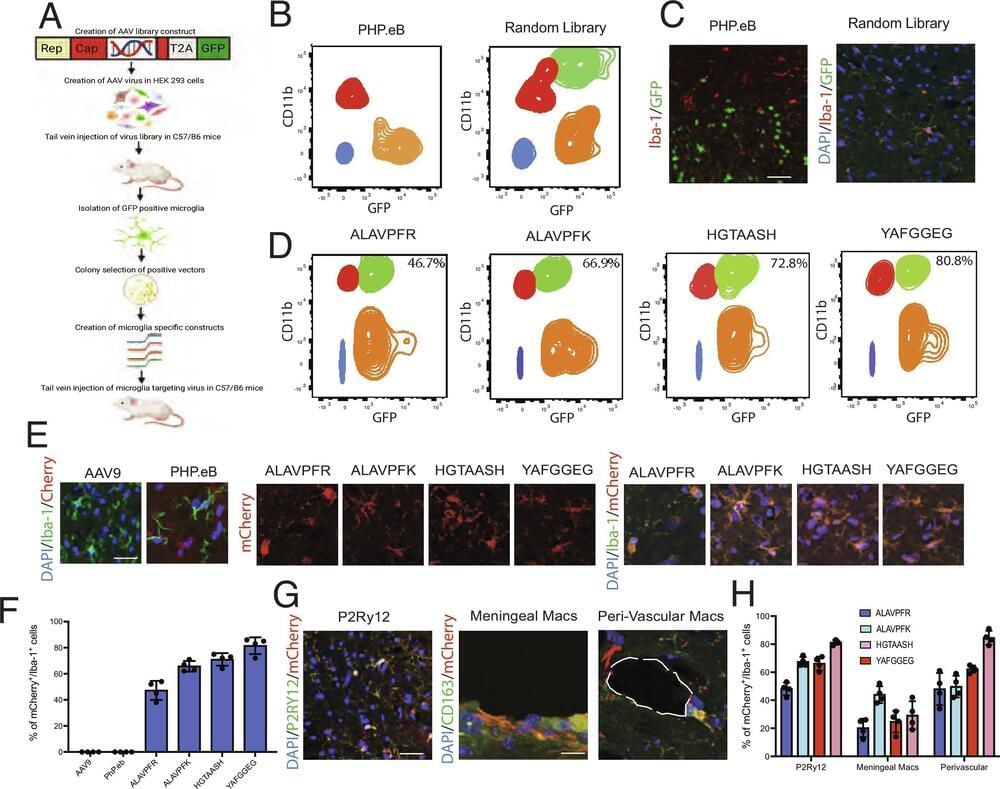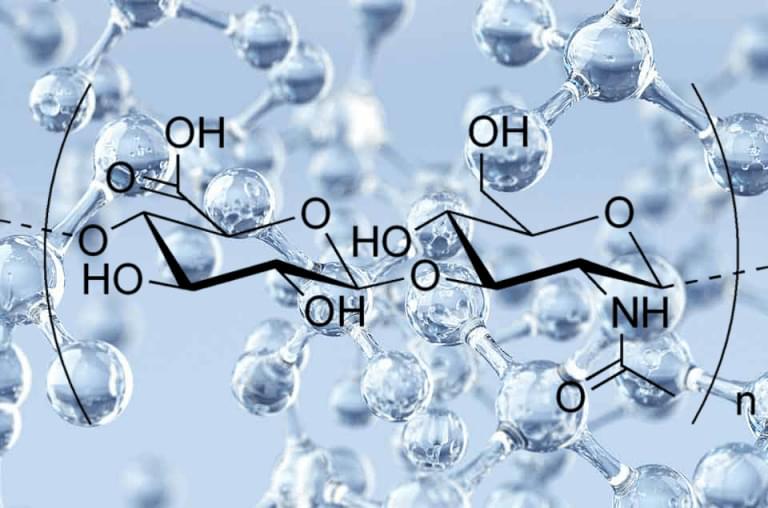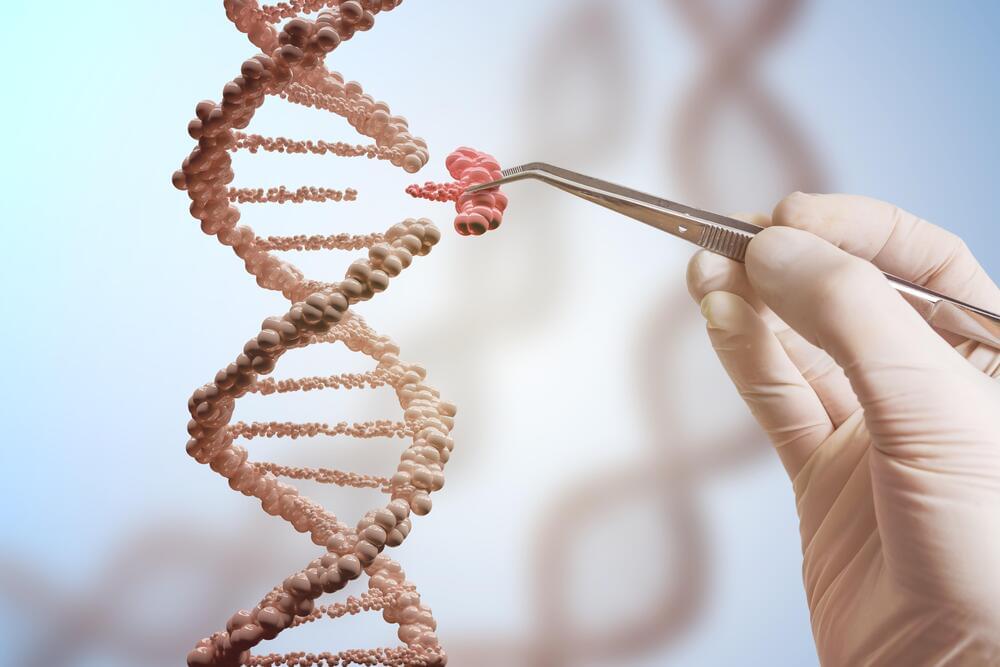Recent advancements in gene editing technologies may lead to a cure for hemoglobinopathies, including sickle cell disease and β-thalassemia.
A collaborative study between researchers from St Jude Children’s Research Hospital (TN, USA) and the Broad Institute of MIT and Harvard (MA, USA) has shown that adenosine base editing could be more effective than other gene editing approaches such as CRISPR/Cas9 for treating sickle cell disease and β-thalassemia. Comparing five different gene editing strategies utilizing either Cas9 nucleases or adenine base editors in hematopoietic and progenitor stem cells, the team found that base editing yielded more favorable results.
Sickle cell disease and β-thalassemia arise due to mutations in the β-globin subunit of hemoglobin, resulting in defective red blood cells. Previous studies have shown that restoring the function of γ-globin, a hemoglobin submit expressed during fetal development, could hold therapeutic advantages for patients with sickle cell disease and β-thalassemia. During fetal development, γ-globin combines with α-globin to form fetal hemoglobin. Following birth, expression of γ-globin ceases as it is replaced by β-globin to form adult hemoglobin. The researchers sought to see whether fetal hemoglobin expression could be restored in post-natal red blood cells to counter the effects of the disease, offering a potentially universal therapeutic approach for the disease.






